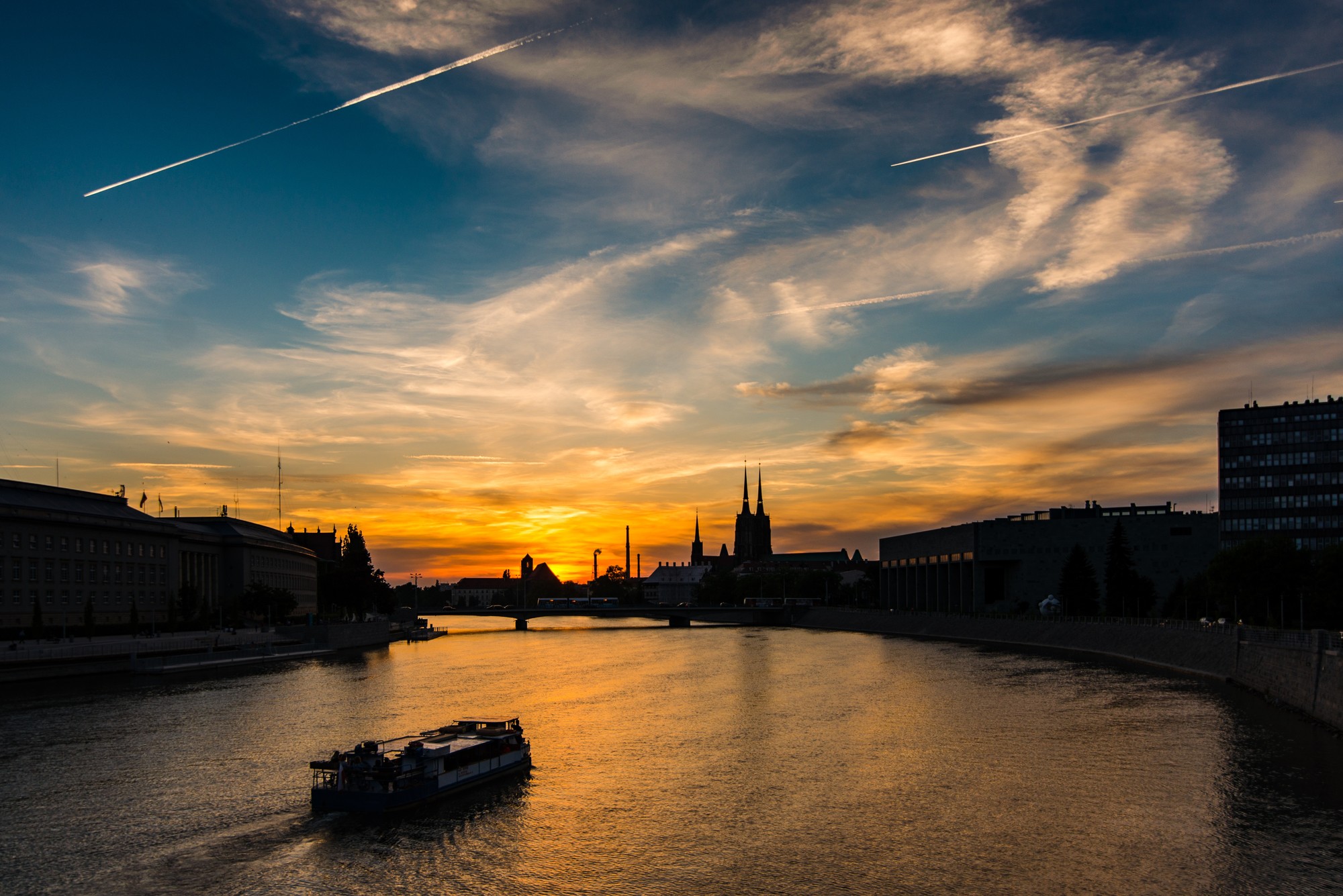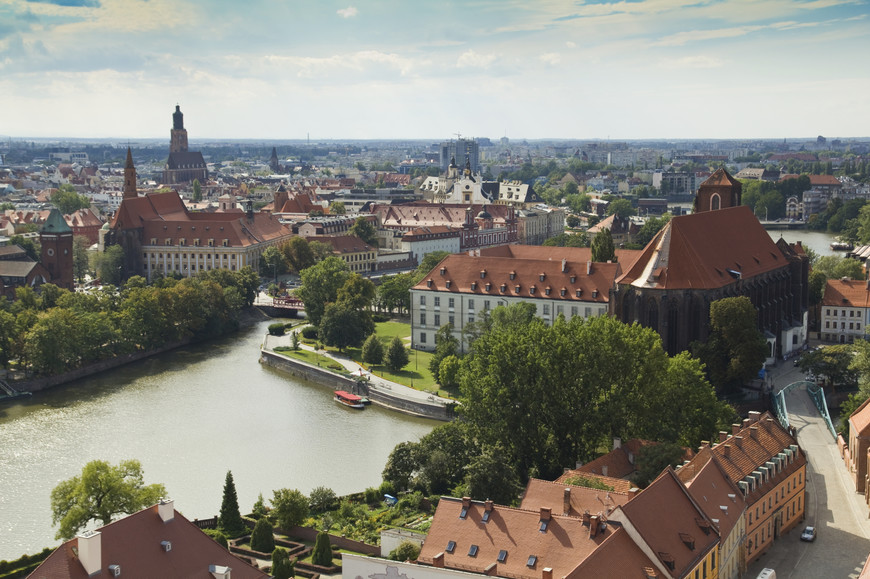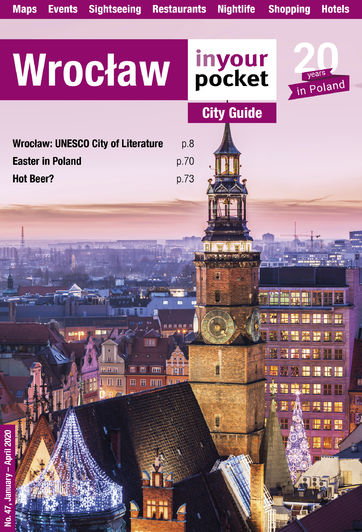The history of Wrocław is firmly tied to the water that gives it life: the mighty Oder and its many tributaries. Used for transportation, defence, and a source of power harnessed by numerous watermills, the capricious river would also wreak regular havoc on the city (just read about the Millennium Flood) and attempts to tame it resulted in a multi-century engineering saga. The current Wrocław Water Node, a complex hydrotechnical system of floodgates, barrages, canals, dams, and other contraptions, is Poland’s largest metropolitan hydro node. Spanning the waterways are over 100 bridges (the exact count varies depending on whom you ask), earning Wrocław the nickname ‘Venice of the North’, a title shared with so many other cities (a good forty) that it has lost practically all meaning.

All this water is not just strategically useful, it also provides ample opportunities for recreation and merriment - in the summer, sun-loving locals flock to the city’s numerous beach bars, hop into kayaks, and barbecue on Słodowa Island, while the tourists dutifully queue up for river cruises. Among Wrocław’s H2O-related oddities are Polinka, a gondola lift ferrying University of Science and Technology students across the river between the main campus and the university’s GeoCentrum, and Hydropolis, a centre of knowledge about water located in a converted fresh water tank. Many of the city’s main sights are along the river, including the Wrocław University, Hala Targowa and Ostrów Tumski, once an island before Odra’s course was altered due to flooding concerns. Just northwest of the university sits a large island called ‘Burgher Meadow’ (Kępa Mieszczańska), which houses a marina with a few high-end restaurants (OK Wine Bar, Marina, and Przystań) and two of Wrocław’s hydroelectric power plants. Dating to the 1920s, the ‘Neues Bauen’ style plants were designed by none other than Max Berg, also responsible for the UNESCO-listed Centennial Hall. At the easternmost point of the island is the ‘Flood Girl’ (Powodzianka) sculpture, commemorating volunteers who helped out during the Millennium Flood. Created by Stanisław Wysocki and unveiled a year after the flood, the monument portrays a woman carrying books rescued from the Wrocław University library.

Meanwhile, east of the Hala Targowa sits Bulwar Dunikowskiego (Dunikowski Embankment), beautifully revitalized with the addition of seating and softly swaying grasses. A wonderful place to sit and watch the river flow by (and get pics of Ostrów Tumski), it also functions as the harbour of restaurant boat Wratislavia, which does regular cruises along the Oder. At the far of the embankment is Bastion Ceglarski (Bricklayers’ Bastion), one of the few remaining bits of Wrocław’s fortifications, and past that you’ll find Zatoka Gondoli (Gondola Bay), where you can rent kayaks.
The heart of Wrocław’s waterways, however, surrounds a cluster of six small islands nestled between the city centre, Ostrów Tumski, Kępa Mieszczańska, and the Nadodrze district: they are Wyspa Słodowa, Wyspa Bielarska, Wyspa Młyńska, Wyspa Piasek, Wyspa Daliowa, and Tamka. Acting as an extension of the Old Town, the islands provide Wroclavians with some much needed lebensraum to picnic, BBQ, and stretch out in the sun.





Comments